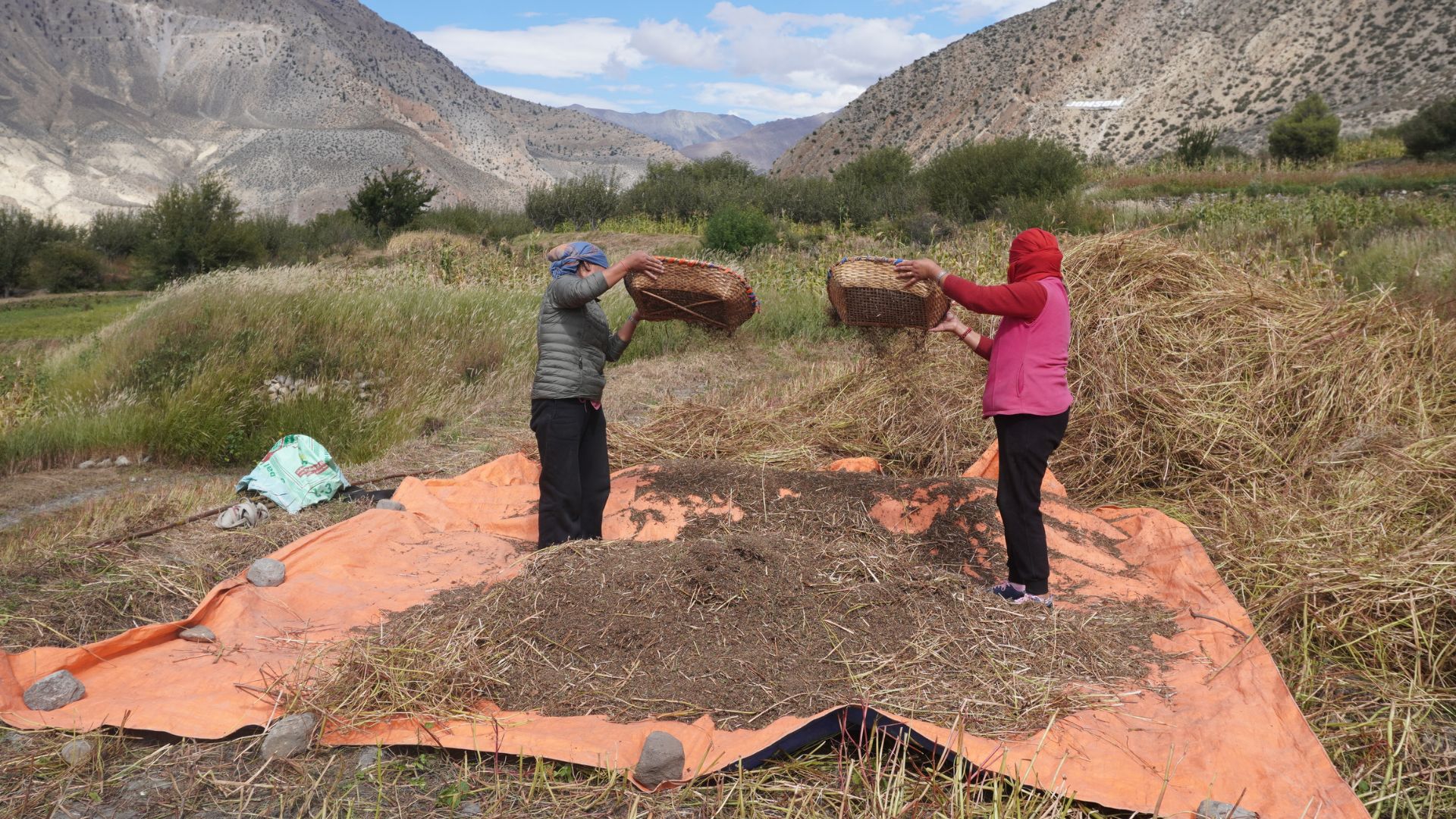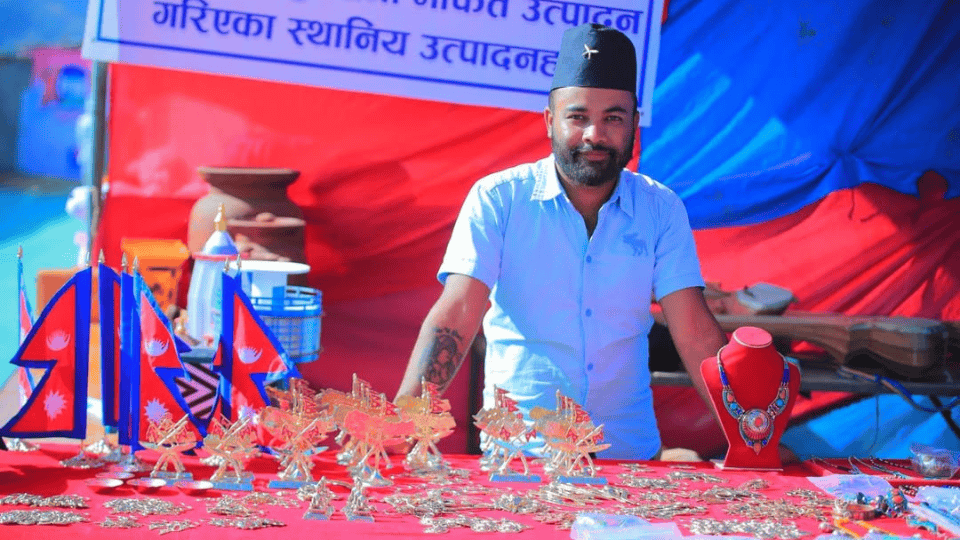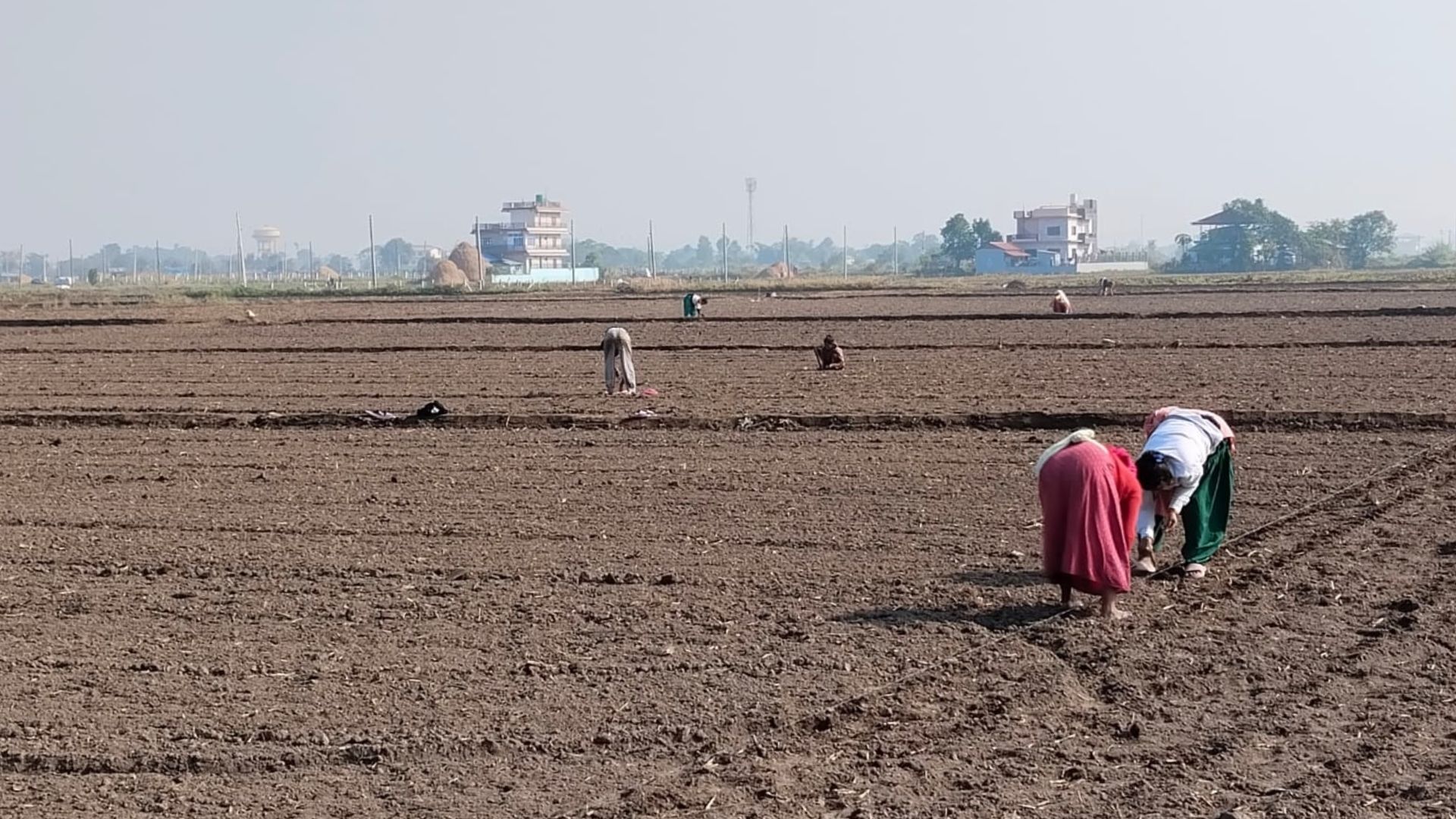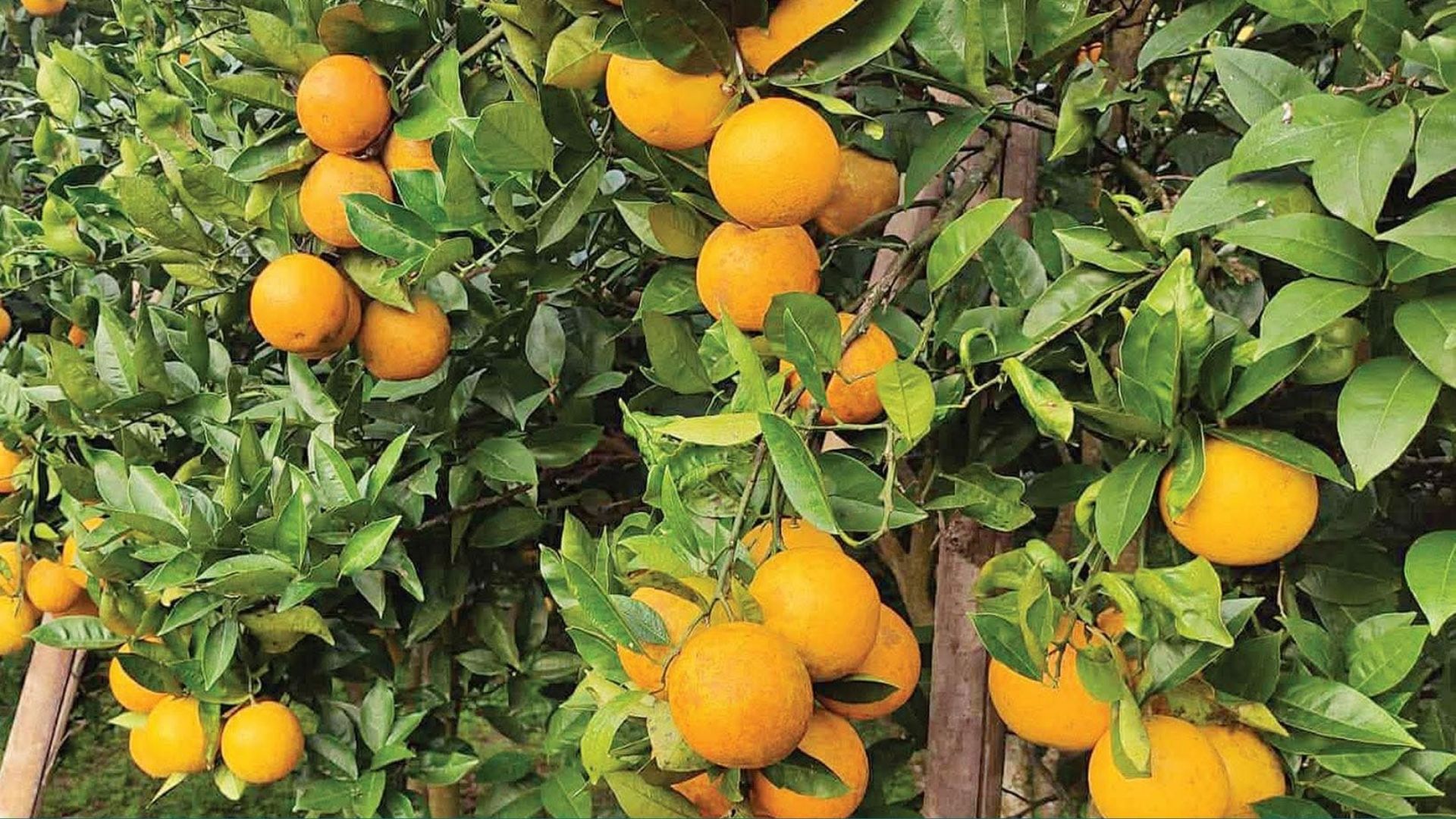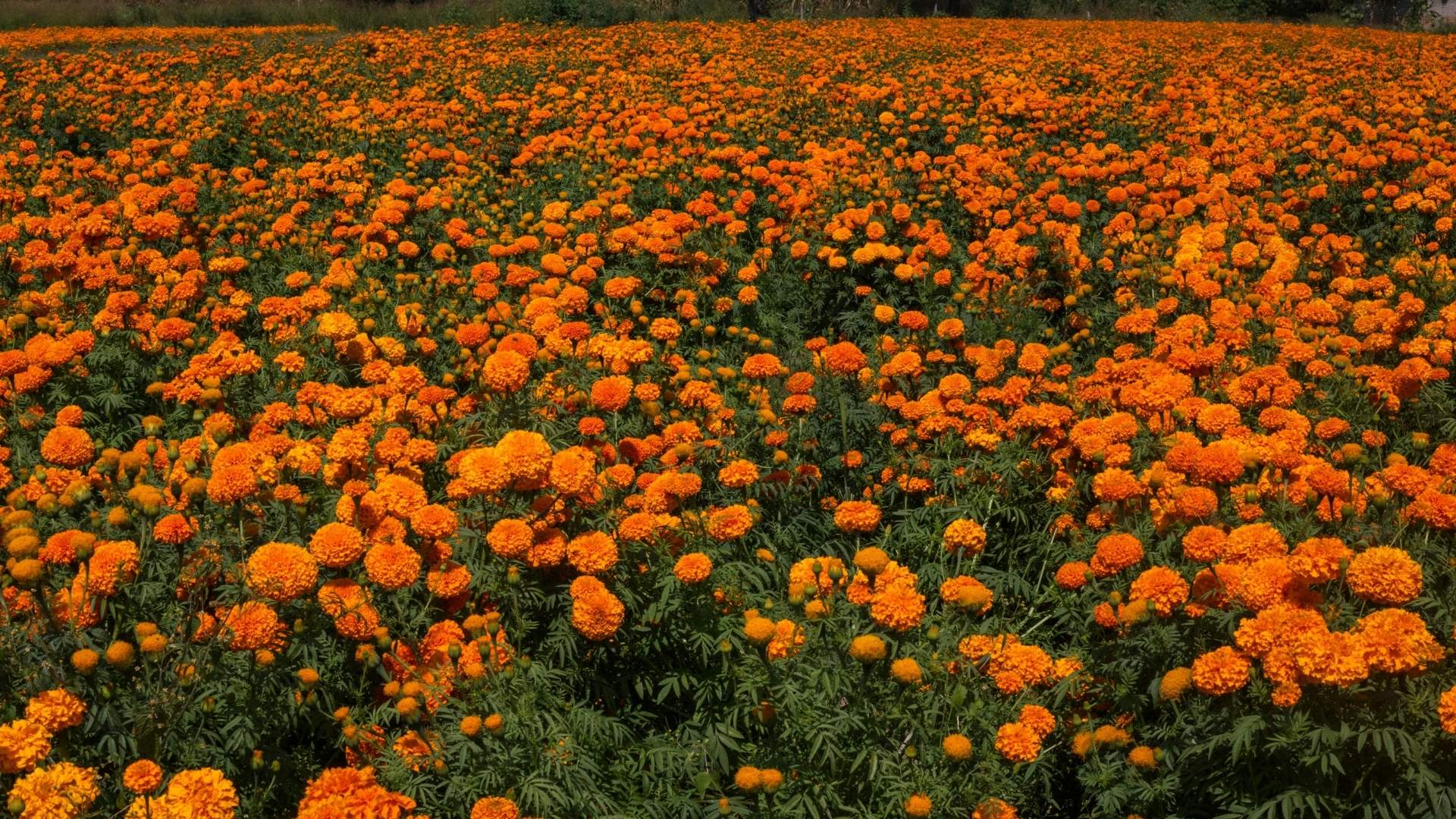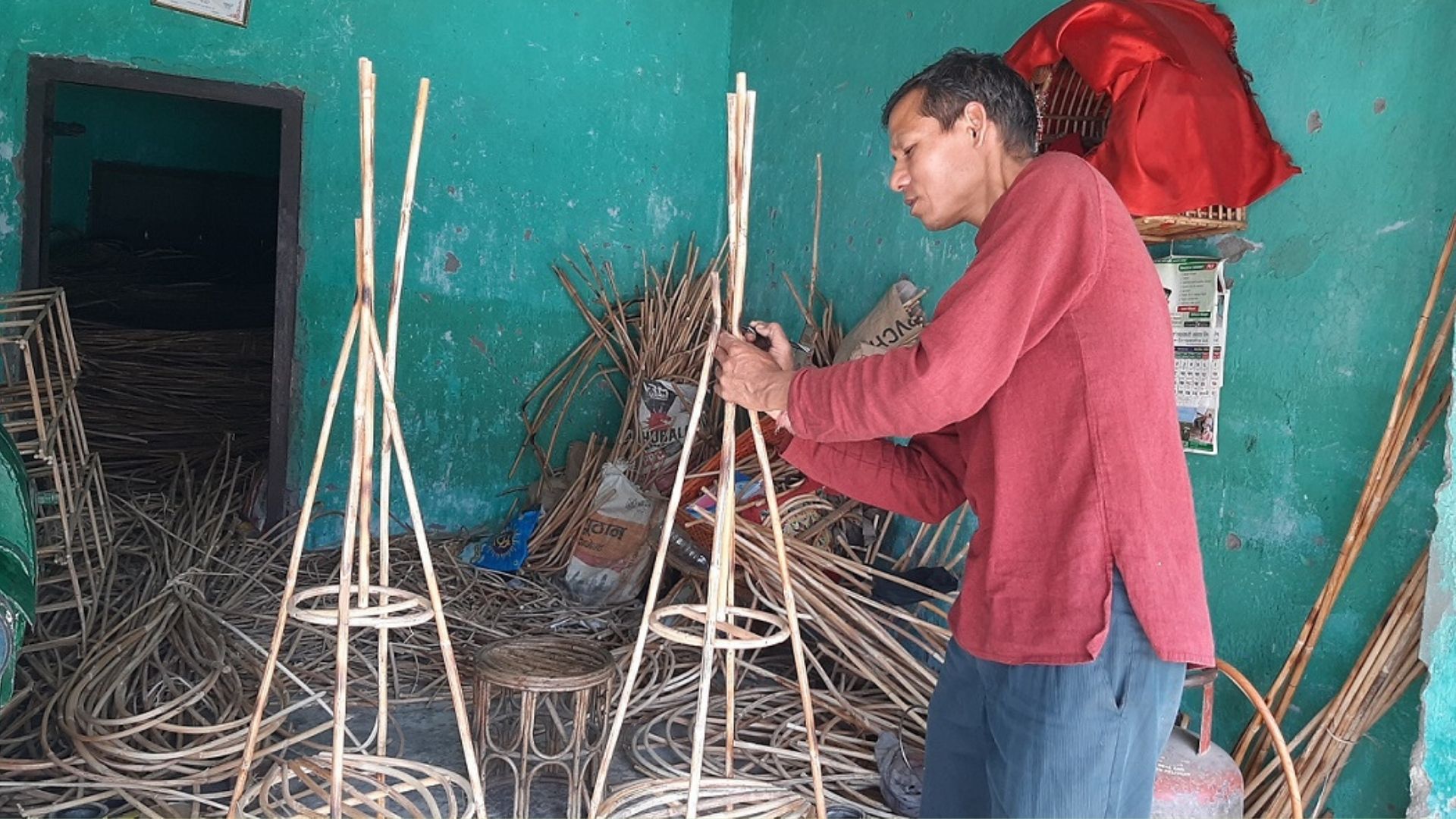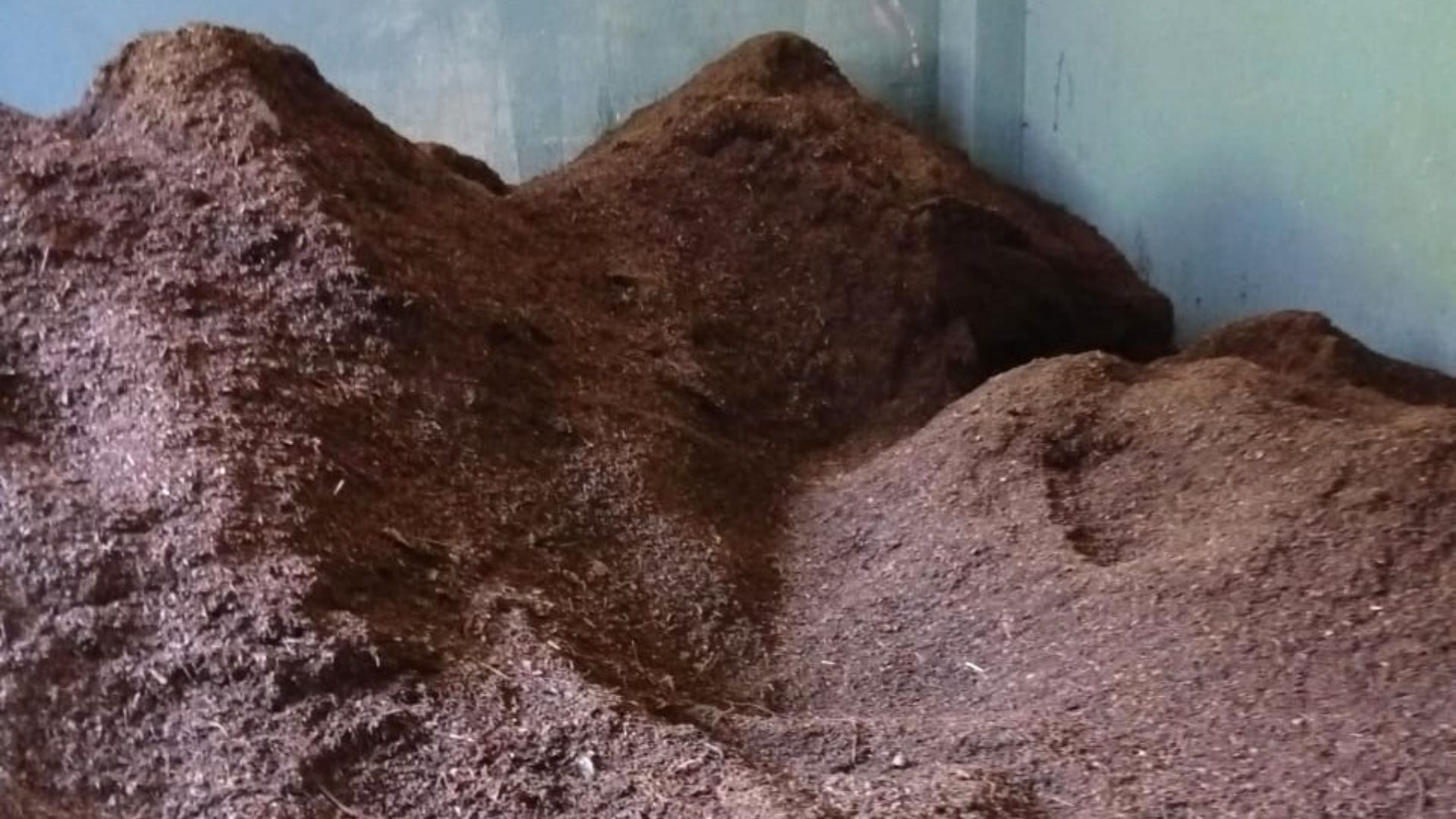Farmers in Mustang are currently occupied with harvesting their traditional crop, fapar (buckwheat), following the conclusion of the Dashain festival. In the lower regions of the district—including Gharapjhong, Waragung Muktichhetra, and Thasang Rural Municipalities—farmers are engaged in collecting this indigenous staple crop, which holds significant cultural and nutritional value in the region.
Paltsang Gurung, a farmer from Thinigaun in Gharapjhong-5, noted that the effects of climate change have recently begun to impact buckwheat cultivation, bringing about various agricultural challenges.
Buckwheat is widely grown in Mustang for household consumption, religious rituals, commercial purposes, and also as a gift for relatives living abroad. According to Pramila Gurung Thakali, another farmer from Thinigaun, buckwheat typically takes around 100 days from sowing to harvest. Once harvested, the plants are left to dry in the fields for about three days before the grains are separated using traditional tools like wooden flails. The remaining stalks are either fed to livestock or dried and stored for fodder during the grass-scarce seasons.
The district grows two main varieties of buckwheat: mithe fapar (sweet buckwheat) and tite fapar (bitter buckwheat), with sweet buckwheat being more widely cultivated. While traditional methods are still prevalent, some farmers have started adopting modern techniques for grain extraction.
From the lower valleys to the higher Himalayan areas of Mustang, local communities have long practiced traditional buckwheat farming. Alongside buckwheat, other major local crops include barley, maize, potatoes, broad beans, and uwa (a local grain), with buckwheat being considered a key agricultural brand of the region.
Buckwheat is cultivated at elevations ranging from 1,984 meters to 3,900 meters above sea level. Despite being a high-altitude crop, the cold climate of Mustang is ideal for producing delicious and nutritious buckwheat-based dishes.
Sweet buckwheat is typically sown in late June to mid-July and harvested in early to mid-October. Bitter buckwheat, on the other hand, is sown from late July to August and harvested starting in early November. While traditional grains like uwa and barley take up to nine months to mature, buckwheat requires only about three months, making it a relatively hassle-free crop, especially in the face of changing climatic conditions.
In upper Mustang, sweet buckwheat is planted in April and harvested in early November, whereas bitter buckwheat is harvested towards the end of November after being sown in April.
However, the impacts of climate change are becoming more evident. This year, an infestation of khumle kira (a local pest) affected the crop, while last year frost damage was reported, according to farmer Paltsang Gurung. He also mentioned that intercropping buckwheat within apple orchards has provided farmers with an opportunity for additional income. Due to the variety of dishes it can be used for—including traditional dhido and flatbreads—buckwheat is increasingly popular among urban consumers.
According to Gurung, despite the rising demand, traditional crops like buckwheat are still easier to manage compared to other modern crops, especially amid the climate crisis. In city kitchens, buckwheat dhido has become a sought-after specialty, further boosting its market value.
The average buckwheat plant grows to a height of 100–110 cm. Sweet buckwheat features pinkish flowers and produces dark brown to black grains, while bitter buckwheat blooms with white flowers. Once the grains are collected, they are ground into flour using traditional water mills or mechanical grinders. Currently, one muthi (a traditional measure) of sweet buckwheat sells for around NPR 1,200 in the local market. Most of it is used to prepare dhido and buckwheat flatbreads.
Despite its economic potential, buckwheat is not yet grown commercially in the region. Most farmers cultivate it solely for household consumption. However, according to Roshan Thakali, Agriculture Officer at the Gharapjhong Rural Municipality, the local government has been actively promoting indigenous crops like buckwheat through various programs. These include diversification training, subsidies, and incentives aimed at preserving and promoting Mustang’s agricultural identity.
Nutritionists report that buckwheat dishes contain over 24 types of essential nutrients. Regular consumption is believed to help reduce blood cholesterol, prevent gallstones, and manage obesity and high blood pressure. Buckwheat is also rich in minerals, vitamins, carbohydrates, fiber, protein, fats, and moisture content, making it a highly nutritious crop.


